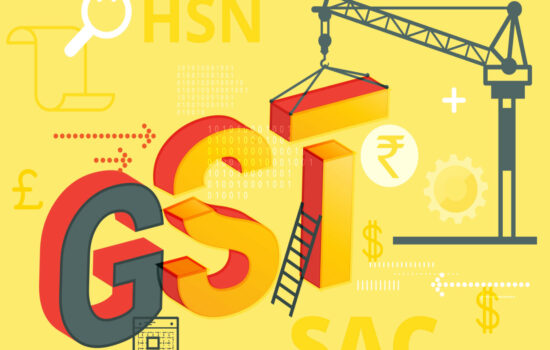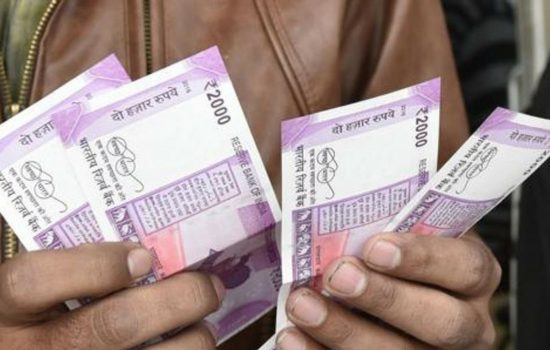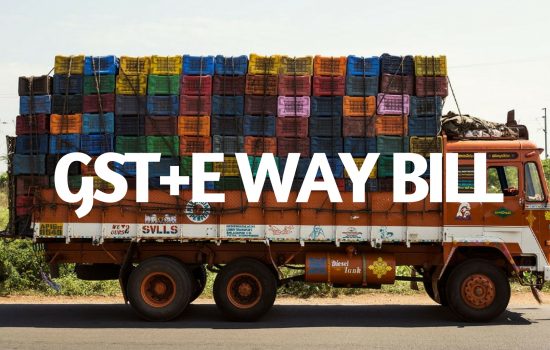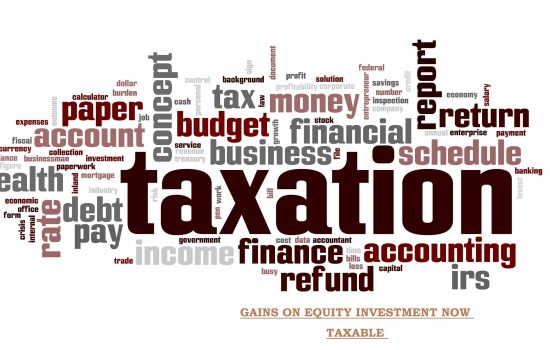A historical economic reform in India took place when the Rajya Sabha on 11th of May, 2016 passed the Insolvency and Bankruptcy Code, 2016.
It’s a key reform that will make it much easier to do business in India and help the recovery of bad loans for banks. The Code seeks to overhaul the laws regulating insolvency amid a surge in bad loans.
What is Insolvency
Insolvency is a situation where individuals or companies are unable to repay their outstanding debt. It may be resolved by changing the repayment plan of the loans, or writing off part of the debt. If insolvency cannot be resolved, assets of the debtor may be sold to raise money, and repay the outstanding debt.
What is Bankruptcy
Bankruptcy is a concept slightly different from insolvency, which is rather amicable. A bankruptcy is when a person voluntary declares himself as an insolvent and goes to the court. On declaring him as ‘bankrupt’, the court is responsible to liquidate the personal property of the insolvent and hand it out to its creditors. It provides a fresh lease of life to the insolvent.
The New Code:
The Insolvency and Bankruptcy Code, 2016 aims to consolidate and amend the laws relating to insolvency resolution of companies and limited liability entities, partnerships and individuals, which are contained in various enactments, into a single legislation. The main focus of this legislation is at providing resurrection and resolution in a time bound manner for maximization of value of debtor’s assets.
Applicability:
- Any company incorporated under the Companies Act, 2013 or under any previous company law.
- Any other company governed by any special Act for the time being in force.
- Limited Liability Partnership incorporated under the Limited Liability Partnership Act, 2008.
- Any other body incorporated under any law for the time being in force, as the Central Government may, by notification, specify in this behalf.
- Partnership firms and individuals.
Objective of the Code:
The objective of the new law is to promote entrepreneurship, availability of credit, and balance the interests of all stakeholders by consolidating and amending the laws relating to reorganization and insolvency resolution of corporate persons, partnership firms and individuals in a time bound manner and for maximization of value of assets of such persons and matters connected therewith or incidental thereto.
The main purpose of the law is to provide the following reliefs:
- Speedy Debt Recovery process
- Overhaul existing systems
- Do away with existing tedious processes and multiple adjudicating authorities
- Restructure Distresses Credit Markets
The Bankruptcy Code proposes two authorities to deal with insolvency:
- The National Company Law Tribunal (NCLT) will adjudicate cases for companies and limited liability partnerships.
- The Debt Recovery Tribunal (DRT) will do the same for individual and partnership firms.
Insolvency Resolution Process
The Code makes a significant departure from the existing resolution regimen by shifting the responsibility on the creditor to initiate the insolvency resolution process against the corporate debtor. Under the existing legal framework, the primary onus to initiate a resolution process lies with the debtor, and creditor may pursue separate actions for recovery, security enforcement and debt restructuring.
-
Initiation of a Corporate Insolvency Resolution Process under Insolvency and Bankruptcy Code, 2016,
Corporate Insolvency Resolution Process can be commenced when an corporate debtor commits a default. –Section 4 (1) of Insolvency Code, 2016.
If the default is above Rs.1 Lakh (may be increased up to Rs.1 Cr by the Government, by notification), the creditor may initiate insolvency resolution process. The Code proposes two independent stages:
Insolvency Resolution Process – during which financial creditors assess whether the debtor’s business is viable to continue and the options for its rescue and resurrection; and
Liquidation– if the insolvency resolution process fails or financial creditors decide to wind down and distribute the assets of the debtor.
-
Insolvency Resolution & Bankruptcy for Individuals & Partnership Firms
For insolvency resolution of individuals and partnerships, there is no specific mandatory period within which the resolution decision has to be taken. Reason attributable is that individual businesses are varied and vastly different, with no standardized information about their activities. Moreover, a corporate person can be liquidated but an individual cannot. He has to be declared bankrupt.
If the default is above Rs.1000 (may be increased up to Rs.1 lakh by the Government, by notification), the Code applies to such individuals and partnerships.
Fast Track Insolvency Resolution Process
The Code has provided for a fast track insolvency resolution process in respect of corporate debtors, qualification to be notified by the Government. The process shall be completed in 90 days (extendable by maximum 45 days). Provisions of insolvency process apply to fast track insolvency. This will be an enabler for start-ups and small and medium enterprises to complete the resolution process quickly and move on.
Note:
- The Code creates time-bound processes for insolvency resolution of companies and individuals. These processes will be completed within 180 days. If insolvency cannot be resolved, the assets of the borrowers may be sold to repay creditors.
- The resolution processes will be conducted by licensed insolvency professionals (IPs). These IPs will be members of insolvency professional agencies (IPAs).
Who can initiate Insolvency Resolution Process under Insolvency and Bankruptcy Code, 2016:
Where any corporate Debtor commits a default, a financial creditor, an operational creditor or the corporate debtor itself may initiate corporate insolvency resolution process in respect of such corporate debtor in the manner as provided under the Code.
A Financial Creditor can initiate action himself or jointly with other financial creditors against a corporate debtor when a default occurs. The Application should give details of record of default and name of resolution professional proposed to be appointed as interim resolution professional to Adjudication authority (NCLT).
Insolvency regulator:
The Code establishes the Insolvency and Bankruptcy Board of India, to oversee the insolvency proceedings in the country and regulate the entities registered under it. The Board will have 10 members, including representatives from the Ministries of Finance and Law, and the Reserve Bank of India.
Insolvency professionals:
The insolvency process will be managed by licensed professionals. These professionals will also control the assets of the debtor during the insolvency process.
Read Also:- Big Challenge Awaits Under GST Regime
Our Corporate Professional Team is ever willing to provide assistance on any issue concerning GST, Insolvency and Bankruptcy Law, Business Model Advisory in India and Abroad, Customs Law, Corporate & Commercial Advisory, IPRs. Secretarial Compliance, Agreement Drafting & Negotiations etc. you may write us on connect@lawyer.legallands.com,
Best Regards,
Corporate Professional Team


































